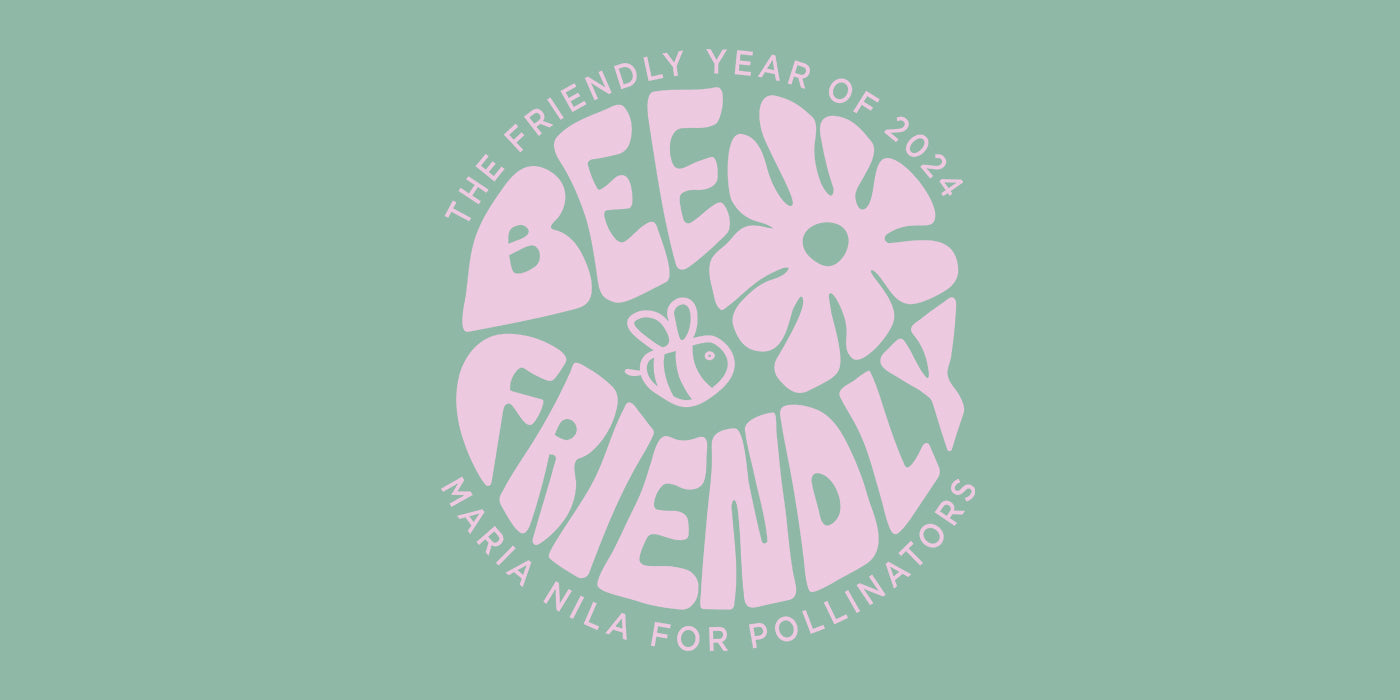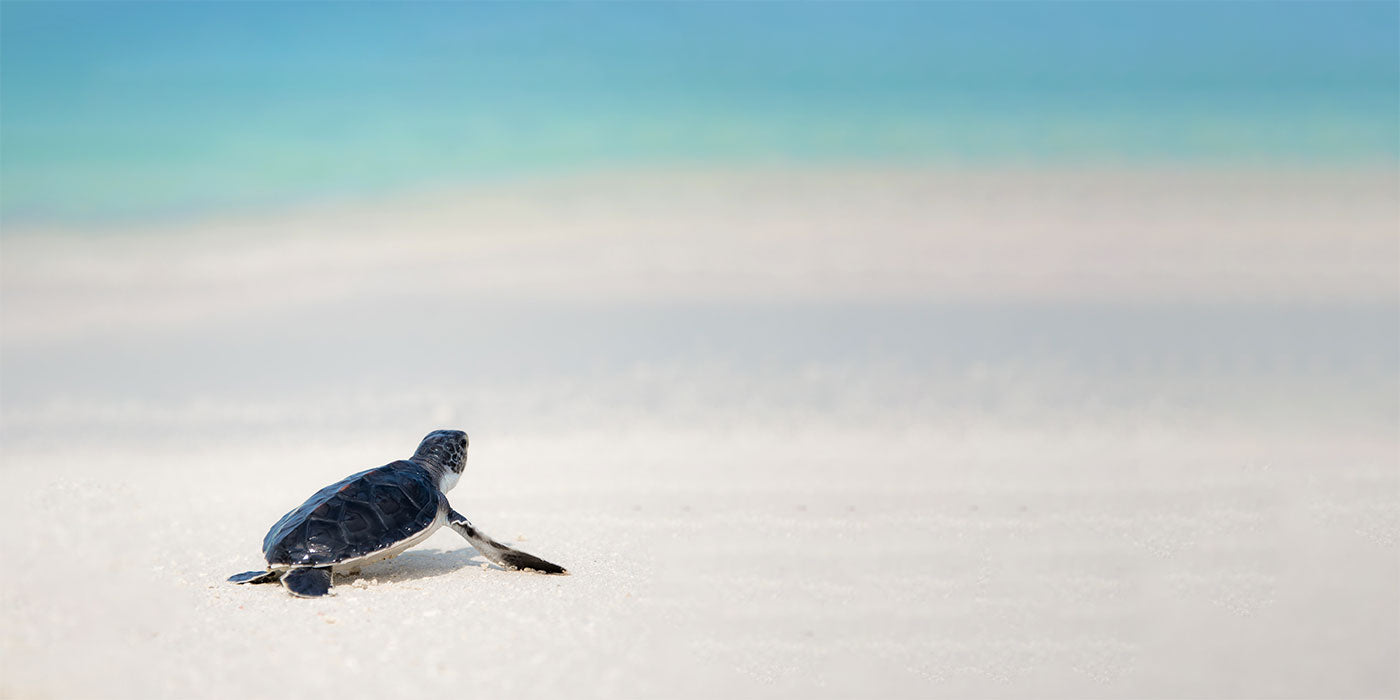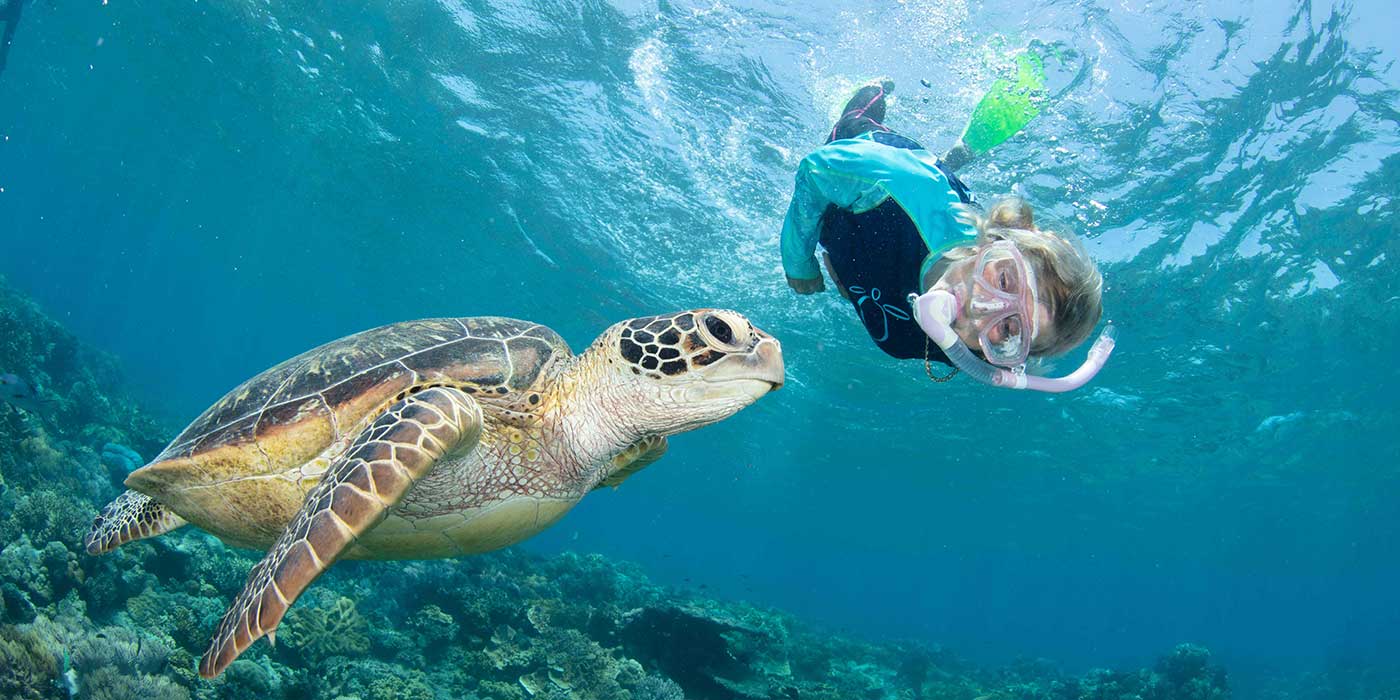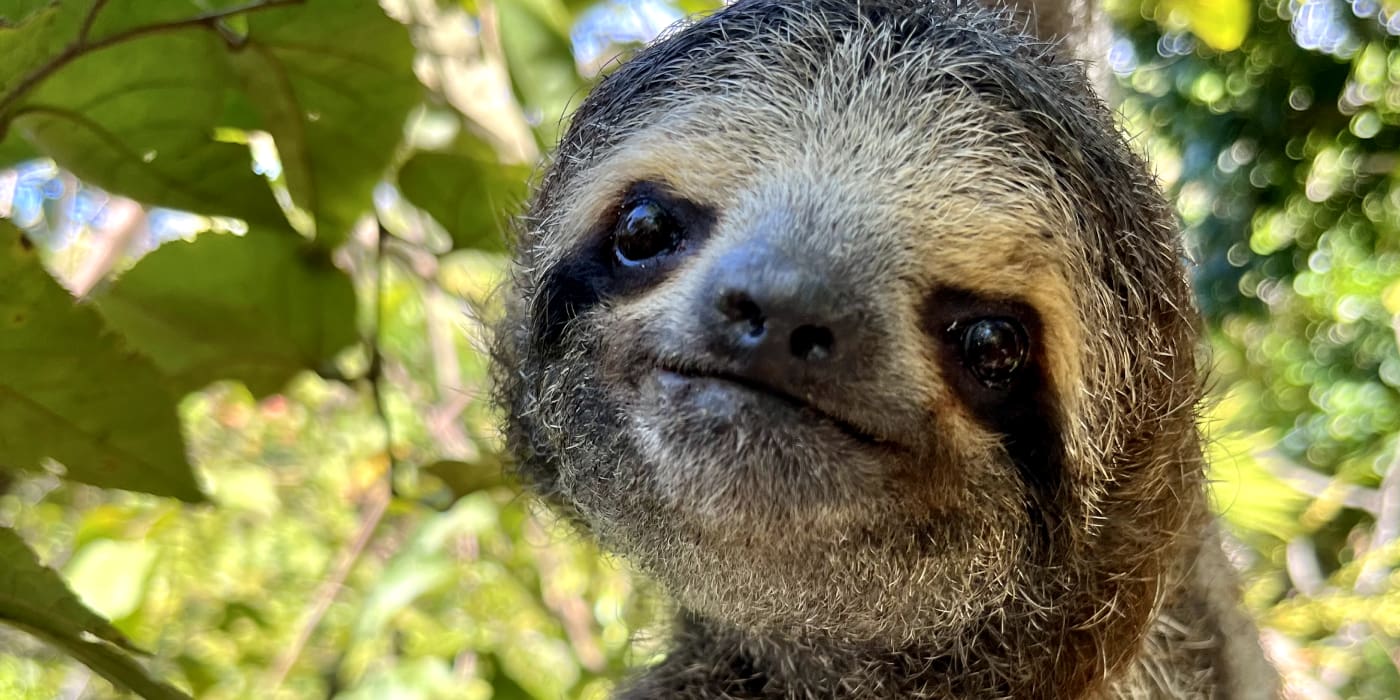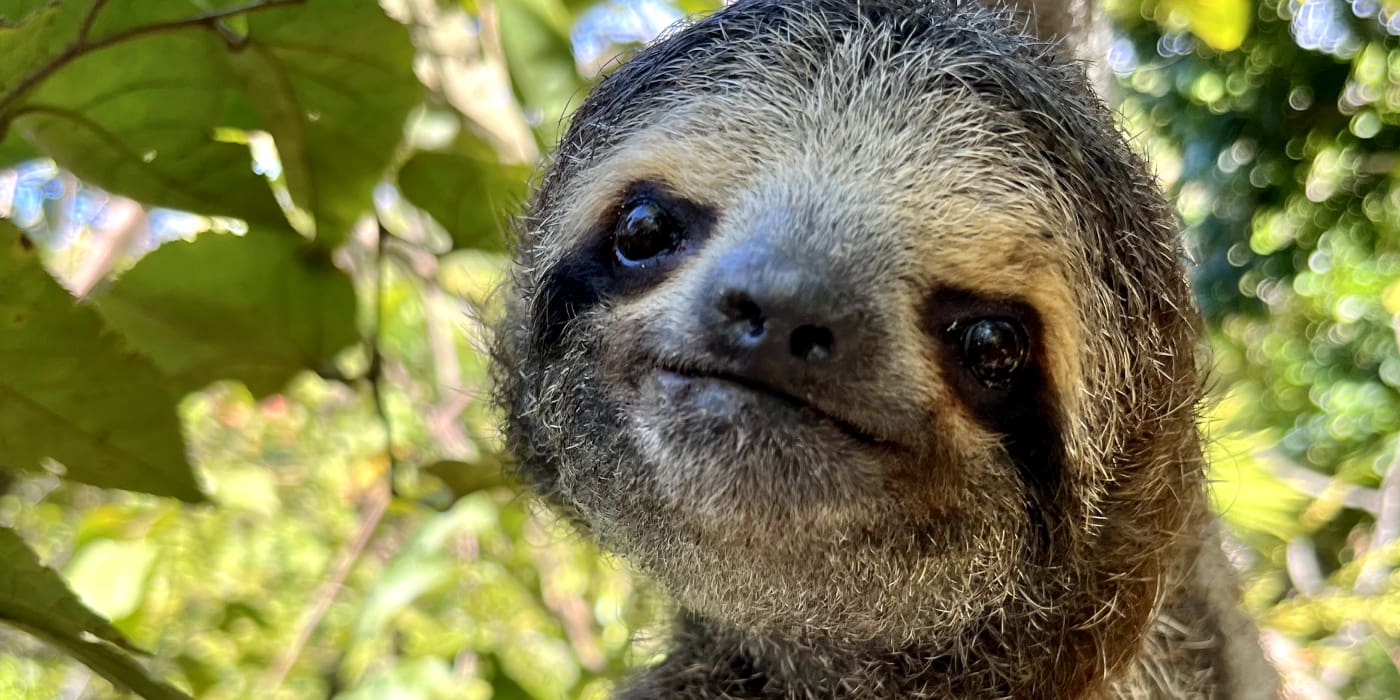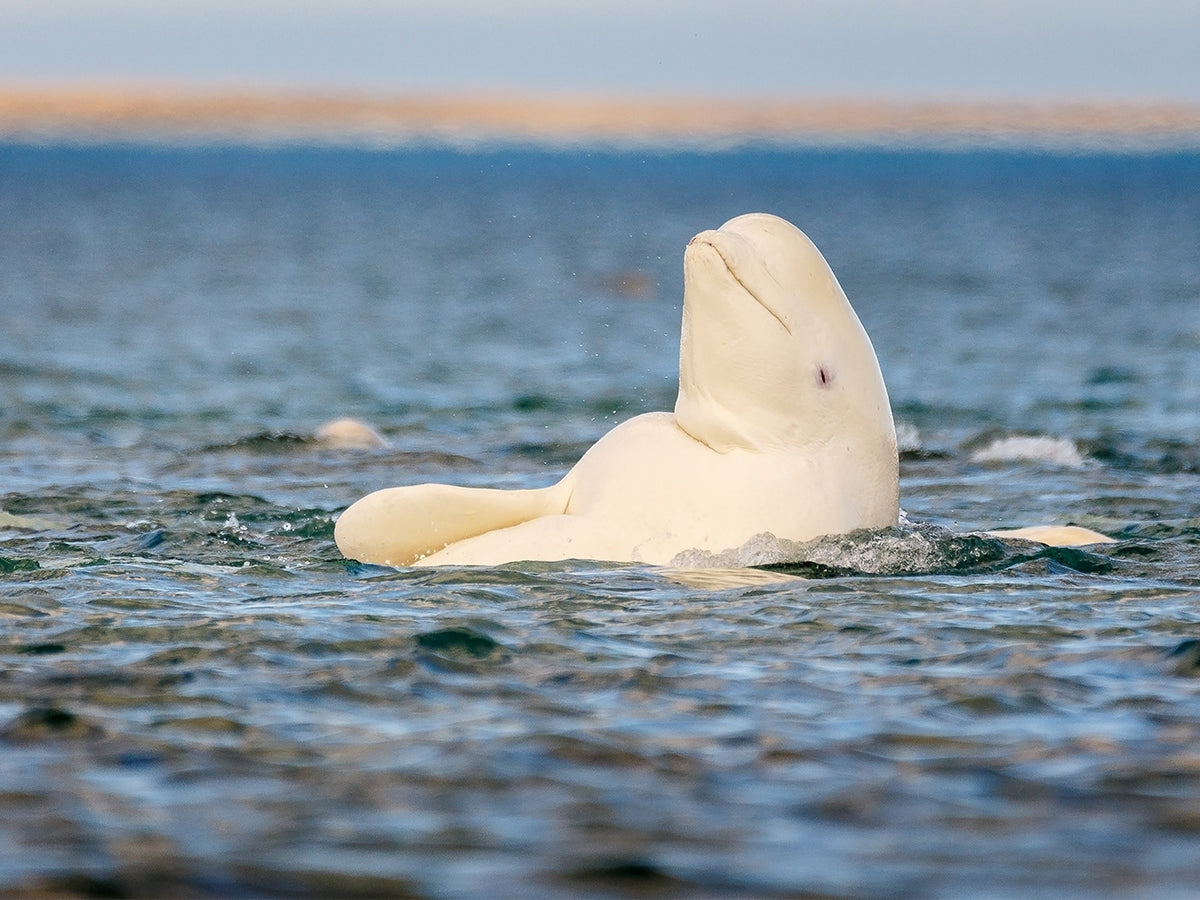

The Canary of the Sea
04.11.2020.
Enchanting and expressive – the beluga is one of the most fascinating whales in the sea. Known for its happy facial expressions and complex vocal skills, it is a charismatic creature able to charm almost anyone. However, human greed and a continuously changing climate is threatening both individuals and the population as a whole. This year, Maria Nila has teamed up with Sea Life Trust and The Perfect World Foundation to raise awareness and contribute to the important work of saving the beluga whale.
The Social Sea
The beluga, or white whale, is one of the smallest and most charming whales in the ocean. Usually found in the Arctic Sea, it is an extremely social creature that thrives in the company of others. Dependent on their complex vocal skills, they live, hunt and migrate together in small- er groups, known as pods, that range from a few individ- uals up to a hundred. Although researchers have much left to discover about this gregarious mammal and the importance of their social groupings, recent studies made by Florida Atlantic University suggests that belugas form small societies of diverse compositions that constitute species resilience and help belugas to respond to existing and emerging threats, such as climate change.
– The beluga whale enjoys friendships and social net- works just as much as we do, especially within the family. If captured and separated from their group, they suffer significant trauma, says Ragnhild Jacobsson, CEO and Co-Founder of The Perfect World Foundation, a charity organization and partner of Maria Nila that works to save wild animals.

A Rich Repertoire
Millions of years of evolution have developed the unique social skills of this incredible animal. Often called the canary of the sea, beluga whales possess a rich repertoire of high pitch chirps, clicks, whistles and squeals used to communicate, navigate and find fish using echolocation – a survival skill so essential that newborn calves start developing their complex range of acoustics from the day that they are born. Their sounds can even be heard above water and through the hull of a boat.
To create the vast range of vocals, belugas have a long and unfused neck that is extremely flexible and diverse in its movement. The characteristic bulbous forehead, called a “melon”, has an advanced muscular ability that allows them to make different sounds and facial expressions, which is why they are often seen with a charming smile on their faces. Like humans, belugas use their body lan- guage to convey needs and communicate with each other. Aside from the vocal and apparent expressions, it is be- lieved that they employ non-vocal communication in the form of physical touch.
Belugas also have an advanced hearing that has enabled them to mimic other sounds. They are so good at mimicking, that they can even reproduce human speech, or sounds coming from manmade objects, such as boat engines. Set in relation to humans, their hearing is ex- tremely advanced and can detect sounds within the range of 1.2 to 120 kHz, which can be compared to the human range of 0.02 to 20 kHz.

Endangered Ecosystems
Growing human and environmental threats has led to a shrinking population, which has resulted in The World Conservation Union (IUCN) listing the beluga whale as “near threatened”. Beluga's natural threat includes polar bears and killer whales, but commercial fishery and an increased illegal trade have brought some local populations to near collapse.
As with any species, evolution has given the beluga whale a specific place in the ecosystem. However, when the ecosystem is disrupted, it threatens the existence of several animals. Whales are on top of the food chain and feed off smaller fish that are rapidly decreasing due to environmental and human activity. Overfishing is one of the most critical issues facing our ocean’s ecosystems as the populations do not get a chance to properly repro- duce. This affects not only belugas and marine mammals, but many other species as well, such as sea birds. At the same time, ocean plastic and contaminants are posing a risk to the ecosystem and whales, as the toxic concentration gets higher when it moves up the food chain. In 2019, a young beaked whale was washed ashore in the Philippines after dying from a gastric shock. In its stomach, scientists found as much as 40 kilos of plastic.
– Beluga whales are facing many threats. For example, chemical contaminations in the ocean result in infectious diseases, and climate change has made the ice surrounding the whales increasingly unstable. As the weather patterns shift at a speed that makes it impossible for the beluga to adapt, they have a higher risk of getting trapped in the ice, says Ragnhild Jacobsson.
When the Arctic ocean becomes ice-free for longer periods of time, the beluga also gets exposed and attacked by predators. Observations of killer whale attacks on belugas in the far North have been observed and are expected to increase. Furthermore, Arctic tourism, commercial fishing and shipping, as well as whale watching, causes noise pollution that disturbs the beluga whale’s ability to communicate, hunt and stay safe from predators.
Life in Captivity
Capturing beluga whales and bringing them from their natural habitats to a life in animal parks has threatened local populations for over a century. The first whale to ever be kept in captivity was shown in New York City in 1861, and other countries soon followed in the same foot- steps. For most of the past century, the majority of beluga whales destined for exhibition were caught in the Cana- dian seas, before it was banned in 1992. Since then, Russia has become the main supplier. Although facing a high risk of extinction, Russia has not yet restricted the hunt- ing and capturing of whales, and instead brings them to domestic aquariums or export them to face commercial exploitation in countries such as China.
– Indigenous people have hunted beluga whales for their meat, blubber and skin since ancient times. Today, they are hunted for another reason – to be displayed as en- tertainment. Unfortunately, the beluga is one of the most common whales kept in captivity at aquariums and ocean wildlife parks around the world, says Ragnhild Jacobsson.
Factors such as a well fed Chinese economy and booming domestic tourism has driven the rapid growth of this million dollar business, which raises the demand for wild and endangered species at an alarming pace. While the opposition of society is forcing many live animal parks to close in the U.S. and Europe, new aquariums are opening up monthly in China. According to the China Cetacean Alliance (CCA), it has been documented that over 1.000 cetaceans mammals (such as whales, dolphins and por- poises) are imprisoned in Chinese marine facilities – and the number is increasing.
A Wave of Hope
Fortunately, several organizations worldwide are fight- ing for the wellbeing of the ocean and its inhabitants. In 1946, the International Whaling Commission (IWC) was formed as 15 countries signed the International Whaling Convention for the regulation of whaling, marking the first stepping stone in the work for their wellbeing. Since then, small but important steps have been taken to stimu- late the growth of the population.
In 2008, IUCN listed the beluga whale as “near threat- ened”, with some sub-populations being listed as critical- ly endangered. This increased the widespread interest in bringing positive change. For the upcoming year, Maria Nila has partnered with two organizations to support the work for a healthier ocean – The Perfect World Founda- tion and Sea Life Trust.
The Perfect World Foundation’s mission is clear – they want to save the world. Through awareness and education, they create courage and preconditions for change. One of the main areas of work is to save the ocean through several different initiatives, fundraisings and events. For example, The Perfect World Foundation launched “The Blue Bucket” campaign in 2019 that encouraged everyone to pick up plastic from the ocean and shoreline. By raising awareness and creating a global commitment, they aim to form the world’s biggest movement of ocean cleaners.
– Our organization is mainly focusing on two areas: awareness programs and fundraisings. Throughout the years, we have increased the knowledge around animals in crisis and the impact that human activity has on wildlife and the climate. Our campaigns and awareness programs circle around a variety of species, from beluga whales to rhinos, elephants, crocodiles, pollinators, bats, donkeys and more, says Ragnhild Jacobsson.
As with so many organizations around the world, The Perfect World Foundation and the projects they support have been greatly affected by Covid-19. Gladly, there are several ways to help them.
– The easiest way to get involved is to become a month- ly sponsor. If you don’t have that possibility, you can subscribe to our newsletter and get educated on a monthly basis. That way, you will finally become an educated ‘advocate’ for animals, nature and our organization, says Ragnhild Jacobsson.
Did you know this about the beluga whale?
-
INCREDIBLE ANATOMY
The beluga can turn their neck in any direction, and its incredible anatomy even allows them to swim backwards. -
IMITATING HUMAN SOUNDS
Beluga whales are so good at imitating human sounds that one captive whale caused a diver to swim for the surface as it mimicked the underwater communication order to get out of the water. -
CAN BECOME NEARLY 80 YEARS OLD
A beluga whale in the wild can become nearly 80 years old, however they only live for half as long when kept in captivity. -
BORN GREY TURN WHITE
Beluga comes from the Russian word “white”. However, they are born grey and gradually turn white as they mature. The transformation takes about eight years. -
CAN SAVE A HUMAN LIFE
2009, at a free-diving competition in an icy tank in China, a beluga whale saved the life of a cramp-paralyzed diver by bringing her up to the surface by holding her foot in its mouth


















































